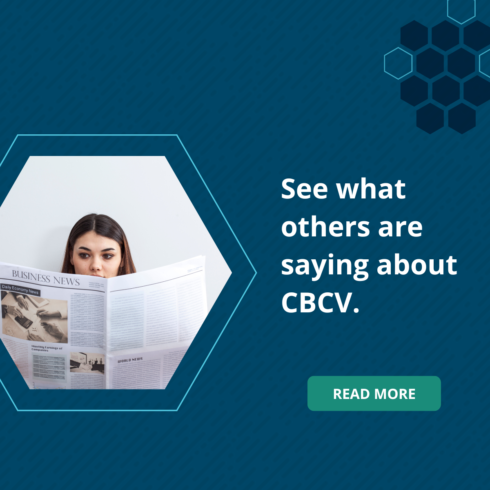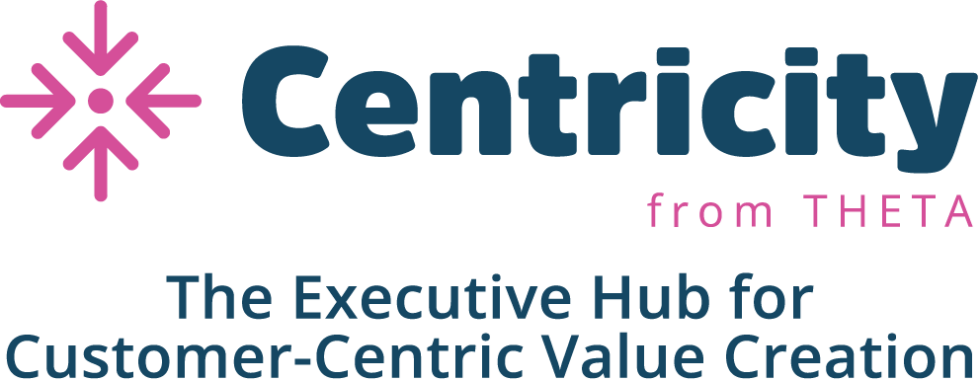Use Customer Lifetime Value in Your Business Valuation as Part of Your Exit Strategy
February 2023

There are numerous business valuation methods private equity firms can use in preparing their exit strategy, from market capitalization to discounted cash flow (DCF). Most of these valuation options entail taking a “top-down” approach, using a company’s historical financials and projecting them into the future with some adjustments to account for macro or competitive factors.
Among the problems, however, is that this approach doesn’t take into consideration the quality of the company’s customer base and how it may impact future revenue. As a result, it’s easy for a company – especially one with a strong customer base – to be undervalued. The approach also doesn’t serve investors well because it doesn’t provide any assurance that they’re acquiring a durable business with a strong customer base.
Theta resolves these issues by employing methodologies and models that evaluate customer base quality to provide a more accurate view of overall corporate valuation and health.
This entails analyzing a company’s customer base using Customer Lifetime Value (CLV) frameworks and Theta’s own Customer-Based Corporate Valuation® (CBCV) methodology to project the long-term value of the business. As is the case with other valuation methods, Theta employs financial projections. What differentiates these projections is that they’re based on predictions of customer behaviors ─ specifically those behaviors that drive revenue.
The underlying premise is that every dollar of revenue comes from a customer who makes a purchase, and future revenue is based on future customer behaviors. Using state-of-the-art stochastic modeling and customer behavior data, Theta develops predictive customer behavior-driven revenue models. Highly accurate on their own, these models can also supplement other valuation models to generate comprehensive and detailed revenue forecasts that translate into even more accurate company valuations.
How the Analysis Works
The process starts with internal and external data collection. (See more details on this in the section The Data Matters.) The data is fed into proprietary algorithms, and statistical modeling is used to create models for how customers are acquired over time, how long they will remain with the company, how often they will buy a company’s goods or services, and their transaction amounts. The models of individual behaviors are then combined to generate highly accurate forecasts of customer lifetime value and unit economics, and to predict the future active customer base, total purchases, spend per purchase, and total revenue.
Predicting individual behaviors that drive revenue in this “bottom-up” way provides a more accurate revenue forecast than a top-down approach. It also provides diagnostic insights into the drivers of that valuation ─ something top-down approaches can’t do.
Internal factors, such as seasonality, sales, and marketing campaigns, and external shocks, such as a pandemic, natural disaster or recession, can affect customer behavior patterns. Theta’s methodology allows for further fine tuning the models by adding in various covariates that account for these outside influences to create a more finely tuned picture of future customer behavior. It also incorporates steps to validate the models before using them for analyses.
The models can be used to:
- Evaluate unit economics of existing customers based on future customer behavior predictions that can be used to demonstrate the health of the customer base to potential buyers
- Forecast key customer metrics
- Combine customer behavior predictions for existing and future customers to forecast total revenues
- Build a DCF model based on the above revenue forecasts to value the company
The basic model is universal, regardless of the business a company is in. However, a company’s business model — in particular, whether it employs a non-subscription- or subscription-based model — can make a difference.
The Data Matters
The insights generated by a CBCV ─ and the accuracy of the valuation ─ largely depend on the data fed into the initial algorithms. If you can get access to a company’s transaction and CRM data, you’ll glean the most insights.
For subscription firms that includes the length of contracts, periodic payments, and observable churn. For non-subscription firms, the data might include the timing and size of each individual purchase.
Theta typically needs about ten quarters of customer data although less may be sufficient in some cases. If you can’t access all the transactional data, you may be able to make due with other aggregated data as long as there’s a sufficient amount.
A particularly beneficial disclosure is a company’s customer cohort chart (C3). A C3 tracks revenue or active customers by acquisition cohort over time and shows how total customer spending or activity changes as each cohort ages. Many large, reputable subscription and non-subscription companies have begun to disclose their C3s. A firm’s C3, along with other simple disclosures, like total orders and total customer acquisitions, can provide a good understanding of customer behavior.
Customer-Based Valuation in Action
While the use of CLV frameworks and the CBCV methodology makes sense on paper, how does the approach fare in real-world applications? A recent customer engagement tells the story.
A sell-side investment bank engaged Theta to help with the sale of an online retailer. The assignment was to assess customer base quality and forecast the company’s future revenues using the CBCV methodology. The Theta data science team analyzed the company’s transaction logs and used proprietary CLV models to predict what the company’s customers would do in the future ─ how long they would stay with the company, how often they would buy from it, and how much they would spend.
This yielded a holistic picture of customer value: CLV dynamics, return on marketing investment, customer payback period, purchasing patterns across acquisition cohorts, deep dives into various customer segments to identify pockets of customer value, effectiveness of every marketing channel, and more. The team also looked at peer benchmarks to better understand how the company compared.
Theta then applied our CBCV methodology with the idea that revenue is the sum of the future revenues of all existing and future customers. This work yielded a forecast of future customer acquisitions, which was combined with a customer behavior analysis. These results were then translated into total revenue forecasts under various scenarios and assumptions.
The team presented the detailed analysis to the company and its investment banker, providing deep insights into the quality of the customer base and its dynamics. A private equity firm acquired the company shortly after the CBCV analysis concluded.
The Bottom Line
Companies have long claimed that their customers are their most important assets. The use of CLV frameworks and the CBCV methodology generates critical insights into the extent to which those key assets impact current and future revenue. Used in conjunction with other methodologies, this helps generate an even more precise company valuation ─ a critical requirement for any successful exit strategy.
The information in this blog is drawn from Theta’s chapter on the customer-based corporate valuation (CBCV) methodology that appears in the Fortia Group’s 2023 Exit Guide for DTC Businesses. You can download a free copy of the guide at https://hubs.la/Q01DStxJ0.

